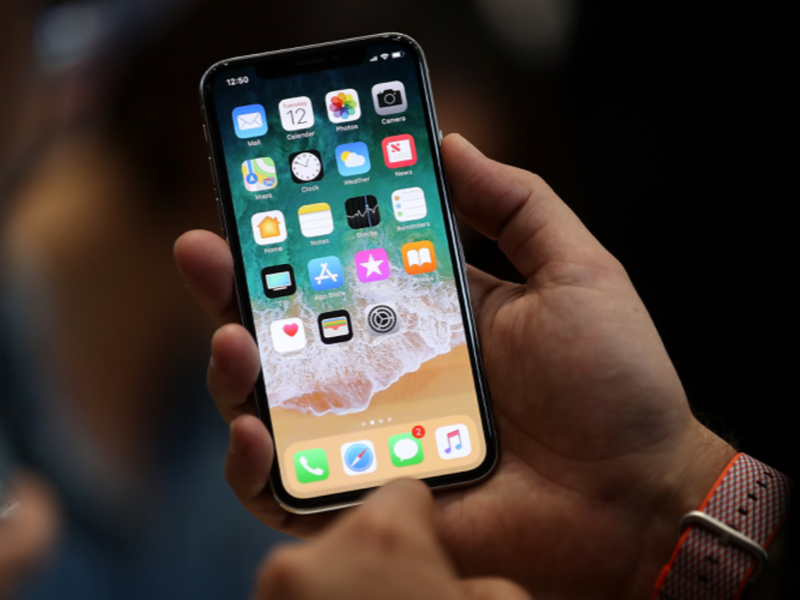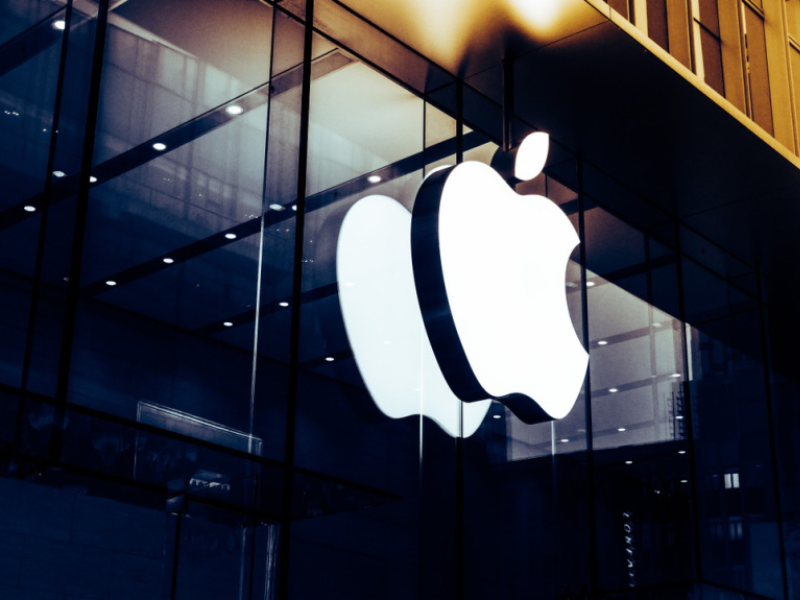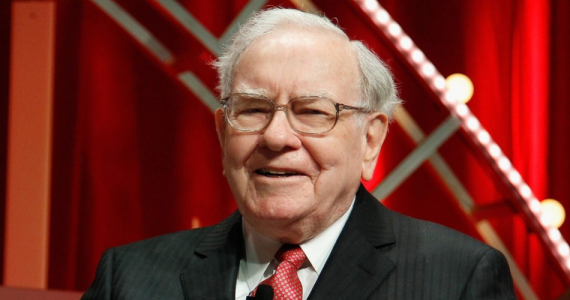Change Of Metrics
Now that iPhone sales have reportedly reached a peak, Apple is having a rethink about the metrics it uses in measuring the profitability of the company as well as its overall success. The company on Thursday announced that it would stop disclosing the unit sales for its products, i.e. iPhone, Mac and iPad.
Its iPhone business has reportedly brought in more profit than before and that could be attributed to the increase in the unit prices of its recently released models. The company expressly revealed that the unit sales is no longer sufficient in accurately measuring the overall business performance.

The number of iPhones the company was able to sell have remained flat over the past couple of quarters. The company on Thursday stated that it succeeded in selling 46.89 million units of iPhones in the past quarter. That brought it only about 0.4 percent up from the quarter for the year before.
Apple’s announcement affected investors and in turn affected the shares of the company. The stocks of the company dropped with about 7% on Thursday evening. For a brief period, the company actually went below its $1 trillion market capitalization.
Analysts’ Reaction
By Friday morning, Merrill Lynch already downgraded the company stock. Timothy O’Shea, a Jefferies analyst, stated that there was something Apple was trying to hide from its investors by its decision to stop disclosing the number of iPhone it sold.
Others are, however, seeing the company’s non-disclosure decision in a different light. It is worthy to note that the iPhone business has gotten more profitable than it was in the past, and this is occasioned by the release of models such as the iPhone XS ans iPhone XS Max which are more expensive.
Iphone’s average selling price increased by 28% from the same quarter last year. In essence, iPhone is unprecedentedly profitable for the company. During the company earnings call in Thursday, the CFO, Luca Maestri stated that the numerous iPhone units the company sold have stopped being the ideal explanation of the business’ performance.

He added that the sales of iPhone are not actually representation of the business’ underlying strength. Further, he said that the unit sale isn’t so relevant to the company today than how it affected it in the past. That was putting into consideration the breadth of the company portfolio, among other metrics.
In essence, the iPhone lineup includes diverse options such as the iPhone 7 of 2016 with a lowest-priced version that costs $449 and iPhone XS Max with a highest-priced version that costs up to $1,449. The price range is visibly very broad and implies that the sales of individual units can no longer provide an accurate picture of the business strength.
Individual Performance
Apple reported that for the quarter, its guidance increased to $93 billion from a previous $89 billion for that quarter. It was slightly lower than Wall Street projections of $93.2 billion
While speaking to a media outlet on Thursday, the CEO of Apple, Tim Cook, said that the particular timing of the launch of its new products and the foreign exchange rates contributed to the guidance.

In addition to its hardware, Apple also aims to make improvement on the story surrounding the services business of the company. The business reportedly generated $9.98 billion in the quarter which was up 27% from the previous year.
Services business include items such as App store sales, iCloud storage subscriptions and Apple Music subscriptions. The subscription business also comprises of the fees Google pays to Apple so it could maintain its spot as iPhone’s default search engine.
Bernstein analysts estimated that the fees paid by Google is estimated to be about $3 billion yearly. Apple said that it would begin reporting the margins for this services business and also offer additional details on the overall performance.
Apple’s Installed Base
During the earnings call on Thursday, Cook stated that the installed base of Apple is recording double-digit growth on all its devices. That implies that a considerable number of people using iPhone for the first tme (including those who switched from Android) are purchasing used devices.
The users do not show up on the unit sales of iPhones, but it still remains a good opportunity to capture additionalservices revenue. That means services increase with installed base and not only when new phones are sold.

Thus, Apple has stopped focusing on increasing the number of iPhone users, but is now aboutshowing that the company is able to generate additional revenue from each iPhone, Mac and iPad user through digital services, subscriptions as well as increased price of hardware.





